Many towns or regions around the world have their claims to fame. Maybe they were the birthplace of someone famous or a significant historical event took place there. Perhaps they are host to the world’s largest rocking chair or ball of yarn. It’s fun to see what places are known for. My favorite claims to fame are the agriculture related ones, surprise surprise.
I lived for a couple of years in Grant County, Washington, which is the number one potato producing county in the United States. The time I lived in Illinois, I was right next to the horseradish capital of the world. During my time in Arkansas, I visited Stuttgart, referred to as the rice and duck capital of the world. All of these are fun, but my favorite capital is my home county:
The Grass Seed Capital of the World
Linn County, Oregon boasts the title, but it’s the Willamette Valley, in general, that pumps out the vast amounts of grass seed. It varies by year, but in 2018, grass seed was the 4th most valuable commodity produced in Oregon, at $527 million. The state produces around 400,000 acres of grass seed, about 90% of which is grown in the Willamette Valley. For perspective, a standard American football field is 1.32 acres. So, we are growing the area of over 300,000 football fields per year.
Ryegrass, fescue, and Kentucky bluegrass are all cool seasons grasses and are used in a variety of ways. They can be used on their own or blended together, for lawns, sports fields, parks, pastures, golf courses, and much more. If you visit a home and garden store in the United States and purchase a bag of seed mix, especially for the northern half of the country, it’s going to have those types of seeds in it. Again, it can vary, but we grow about two-thirds of the world’s cool season grasses.
Why here?
I keep referencing the Willamette Valley. It is a 150-mile long valley on the western side of Oregon that sits between the Cascade and Coastal mountain ranges. The valley has rich soils and a climate that makes it perfect for growing grass seed, as well as a lot of other crops (over 170 of them!).
When I moved away from Oregon 6 years ago, one of the things I was most excited to leave behind was the rain. So. Much. Rain. It depends where in the Willamette Valley you are, but annual rainfalls of anywhere from 35 – 50 inches are the norm. I didn’t like living in it, but I loved what the rain brought about: green, everywhere you looked. Now that I’m back, I’m tolerating the rain much better, and still appreciating the greenery and crops that it nourishes.
Some grasses are just a one-year crop, while the same planting of other grasses might be kept and harvested for many years before the field is rotated to something else. Regardless of the type of grass, it has a dormant period over the winter and is harvested in the summer. The temperatures here are also ideal for the grass lifecycle. Winters days are mostly in the upper 40s to 50s and summers see beautiful averages in the 80s. It’s pretty perfect for the crops and the humans, honestly.
What does farming grass look like?
While there are little fluctuations every year, as weather conditions, pests, and crop plans change annually, there’s a pretty standard activity list. Let’s take one annual ryegrass field to make an example out of.
The field is going to be planted in the fall so that it has a chance to get growing and establish before winter and freezing occurs. It will then just hang out for the winter, a lush green field, soaking up the rain. Once the weather starts to warm up in the spring, the field is going to start growing fairly rapidly (imagine your lawn, if you are like me and fail to cut it regularly). Eventually it’s going to form florets at the top of the stem.
During late spring, the wind is going to blow pollen allllll around, causing itchy eyes and breathing problems for tons of people, and make sure all those florets develop into seeds. Those seeds then ripen up as the weather keeps getting warmer and eventually are ready to be harvested.
Once ripe, a machine called a windrower/swather is going to cut the grass down just above ground level and lay it down in rows. Those rows are then just going to chill in the field for a while. Seeds have to have a very low moisture content to be harvested. Too high and the seed will either not germinate or it could spontaneously combust in storage and start a fire (moist heat is an issue – this can also happen in hay). Depending on the crop and the weather, you’re looking at a week or so before it’s ready for the next step.
Combining is that next step. Combines are a machine that pick up those rows and use a series of very impressive mechanics to separate the seed from the rest of the plant material. The seeds are then carried by a part of the machine to a tank and the rest of the plant is sent out the back of the combine. The seeds are then put in a truck and taken to a warehouse to have any foreign materials cleaned out and then are bagged and stored.
There’s quite a bit more to it, to be honest
It’s tough to adequately describe the growth and harvest of a plant in ~300 words. Because of that, I’ve been taking more detailed videos and photos to describe what is happening in the field, as I am in the field working. You can follow along this summer on my Instagram page (@theolivebranch_j).
Previous Post
Next Post
Food companies often use fear and misconceptions to market their product. Enter your email below and you'll have 5 ways to beat them at their sneaky game.
5 Food Label Secrets to Save Big $$$ at the Grocery Store
oh, yes please
FREE DOWNLOAD
The Olive Branch
Offering first-hand perspective on farming and our food supply
Home
About
consulting
resources
Contact
the blog
Follow along on Instagram
@theolivebranch_j
The olive branch 2024 | design by tonic
ag Tours
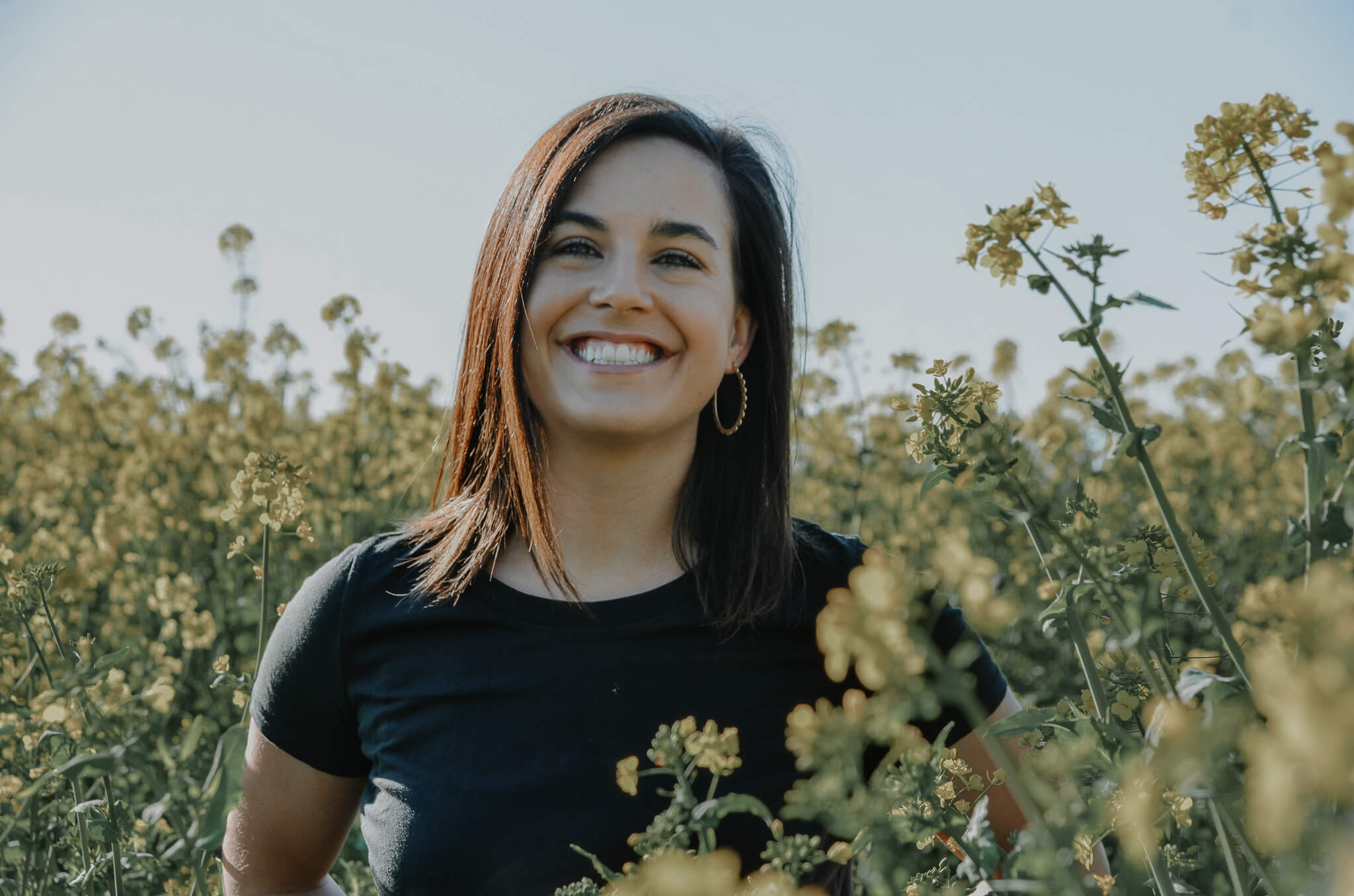
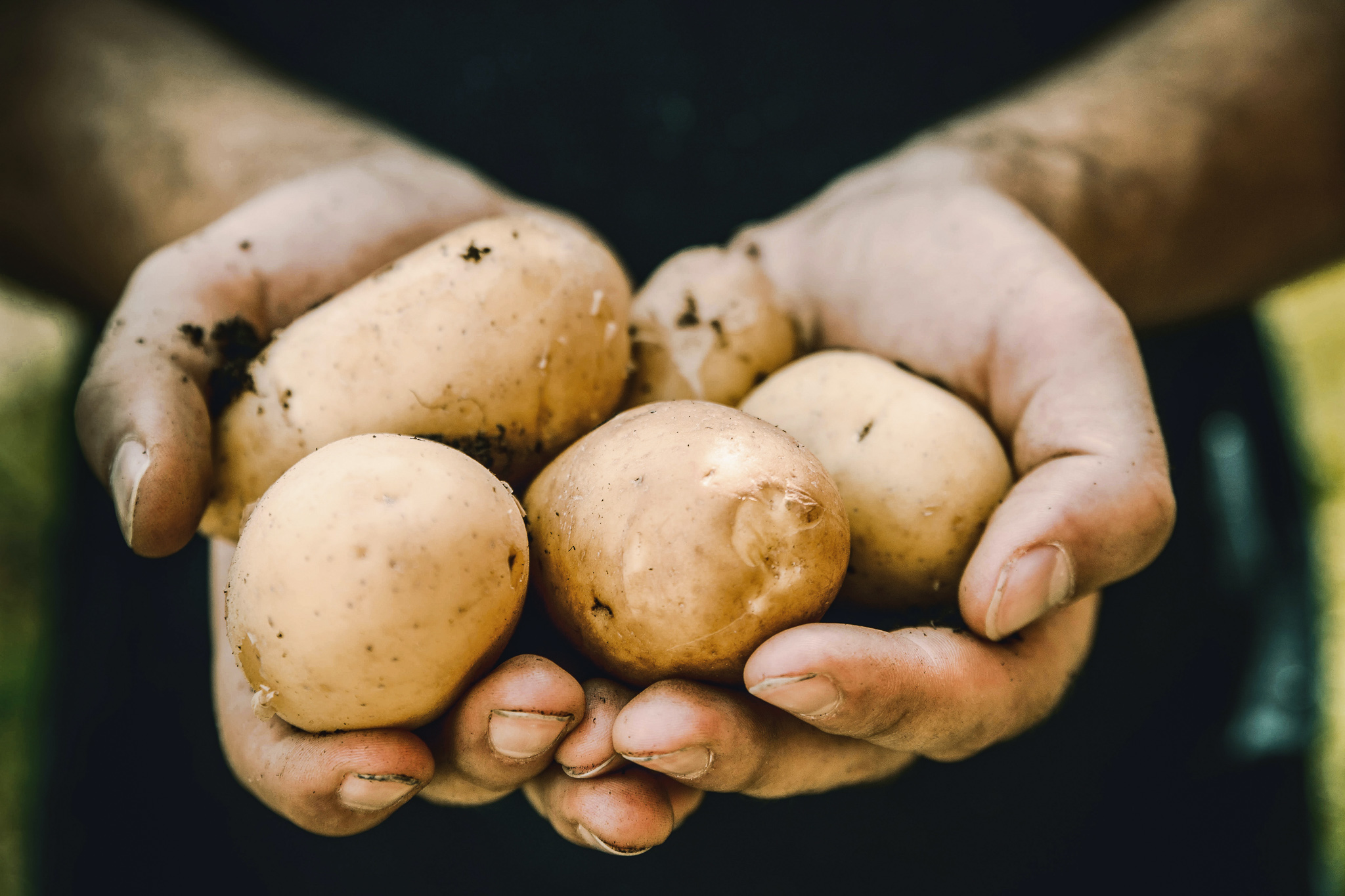

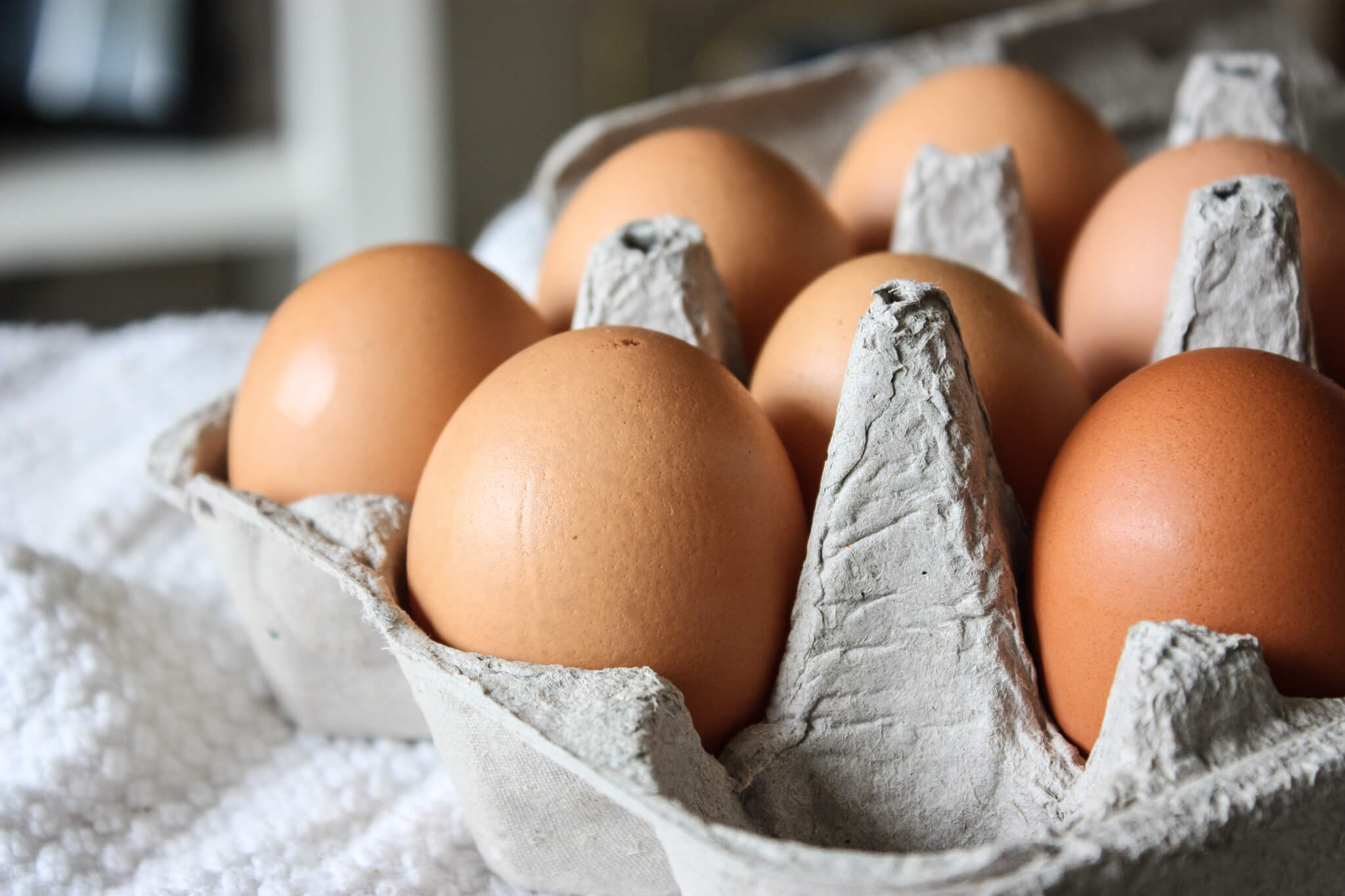
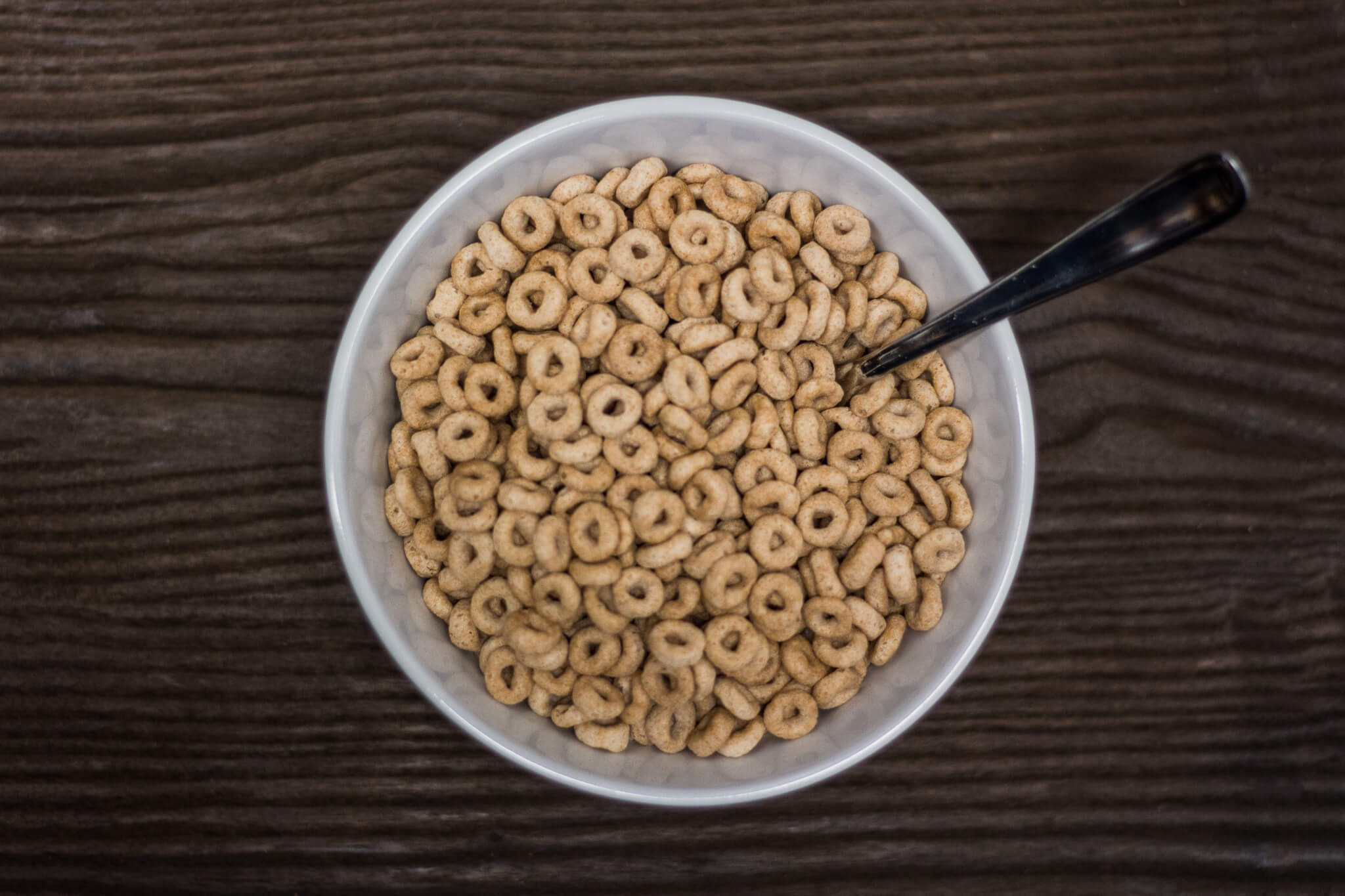
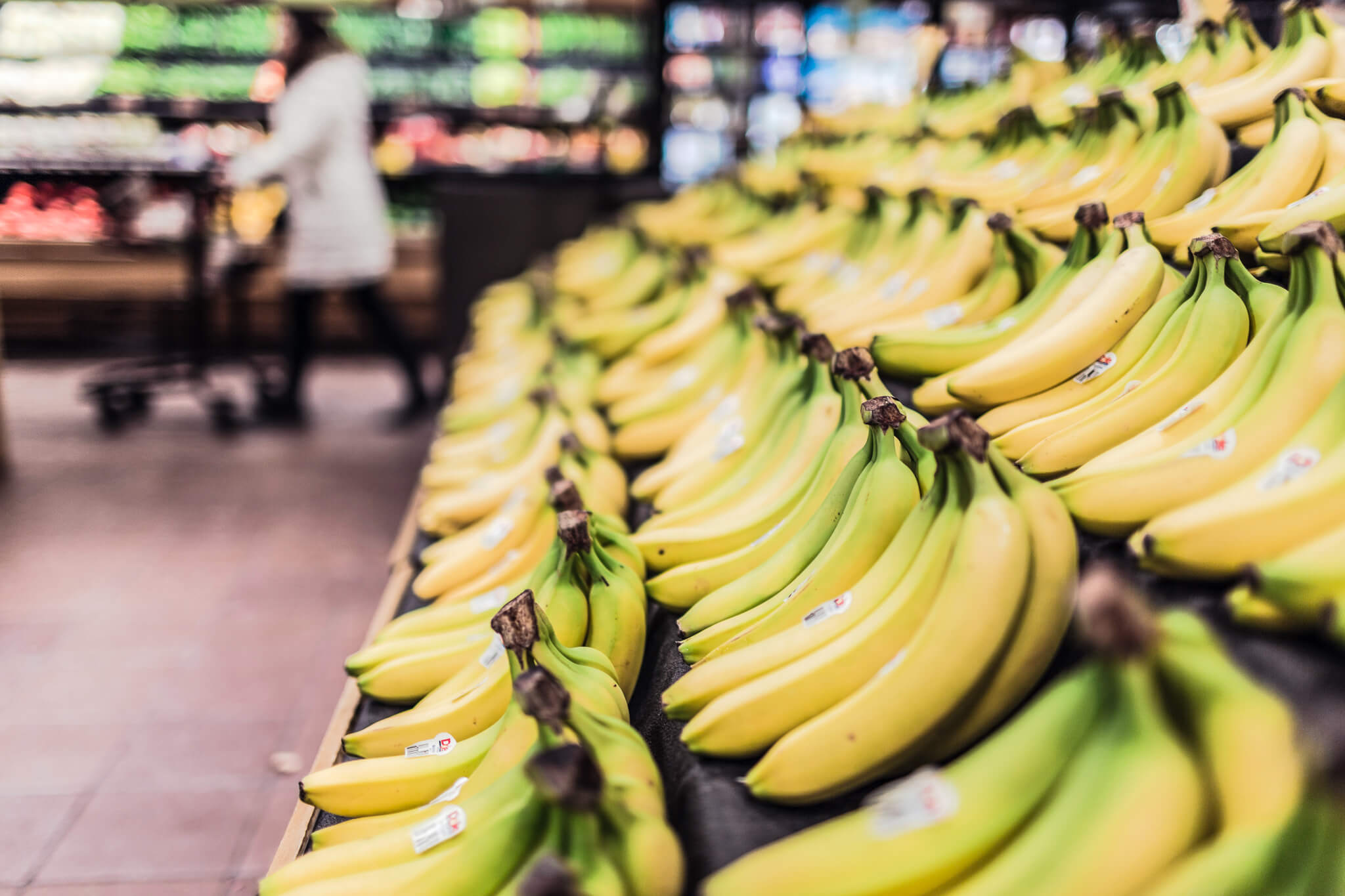
+ Show / Hide Comments
Share to: